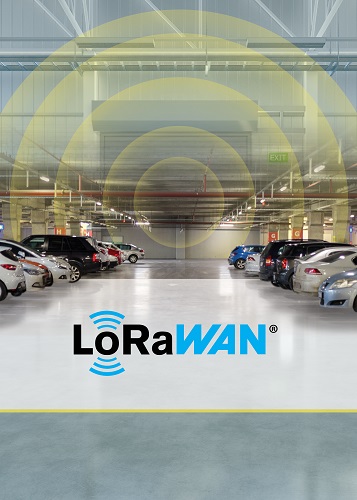
FREMONT, Calif. — The LoRa Alliance, the global association of companies backing the open LoRaWAN standard for IoT low-power wide-area networks (LPWANs), today announced the release of the latest LoRaWAN regional parameters which include new data rates that expand network capacity in specific use cases, including smart city and smart metering applications.
Regional Parameters RP2-1.0.2 (the document is available for download here) adds support for new Long Range – Frequency Hopping Spread Spectrum (LR-FHSS) data rates for the EU868, US915 and AU915 regions. LoRaWAN’s low-power consumption is maintained with the LR-FHSS rates, while network capacity is significantly increased in certain scenarios compared to standard data rates, says the LoRa Alliance’s press release.
The new data rates, which are used for uplink only, feature high interference resistance and high spectral efficiency to achieve the increase in network capacity. In addition, the costs to deploy and manage networks will decrease because not as many gateways are needed with this new capability, says the press release.
The new LR-FHSS data rates provide the following opportunities and capabilities:
- direct link from end device to satellites
- more capacity for deep indoor coverage
- longer outdoor range and uplink frames
“This new set of Regional Parameter Specifications represents our ongoing evolution of the LoRaWAN standard,” said Donna Moore, CEO and chairwoman of the LoRa Alliance, in the release. “The changes augment LoRaWAN’s strong support of applications requiring extreme barrier penetration — such as smart buildings and certain smart city applications like parking, as well as greatly improving scalability across a wide range of IoT use cases. Additionally, when used in conjunction with satellite-based networks, they can provide worldwide LoRaWAN coverage and roaming. These benefits will accelerate LoRaWAN deployments globally.”
For more, please click here.



